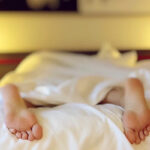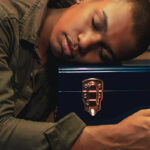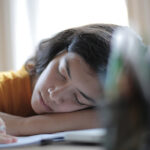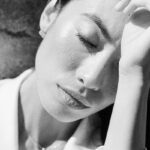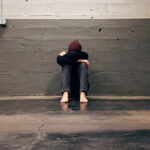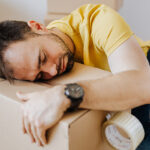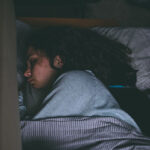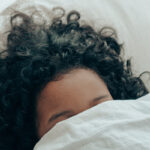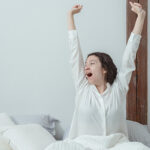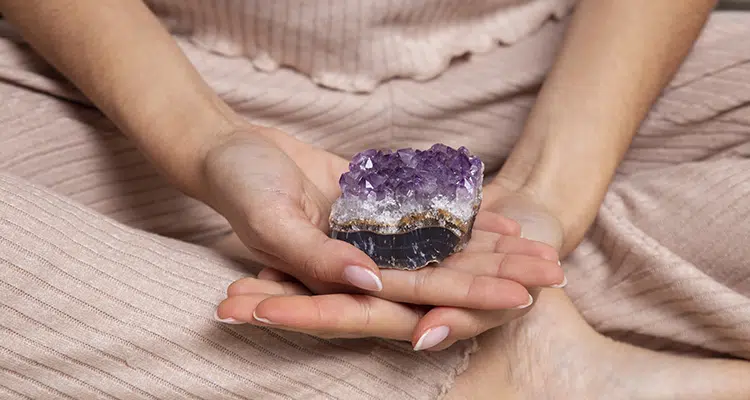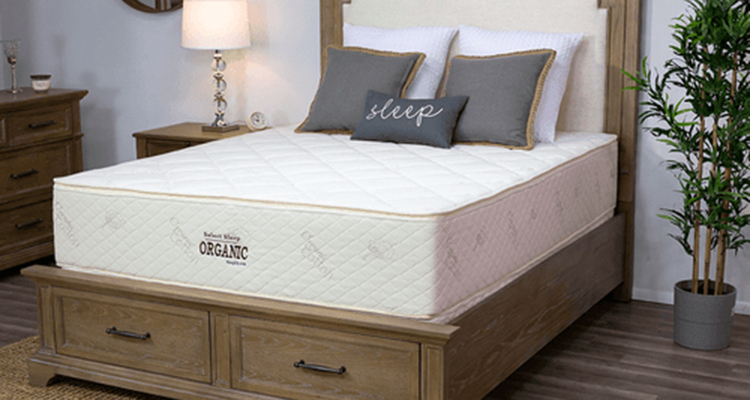Understanding Microsleep: Risks, Symptoms, and Causes
Research shows that there are over 80 different sleep disorders plaguing Americans. While some have only mild symptoms, others are much more serious. For example, obstructive sleep apnea (OSA) causes individuals to choke and gasp for air during the night, with some people’s oxygen levels dipping dangerously low.
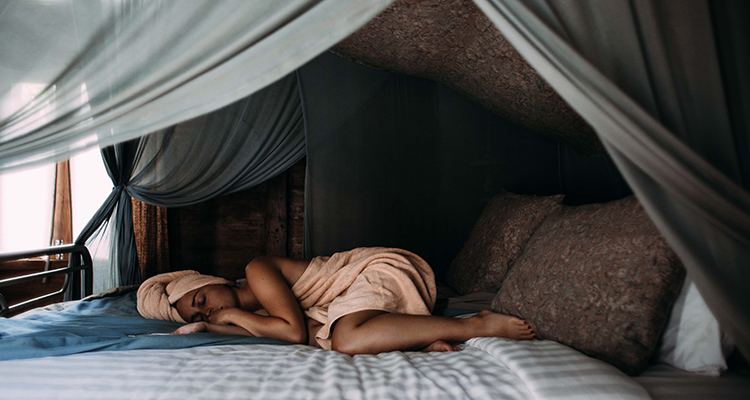
Similarly, microsleep is a sleep phenomenon that, if left untreated, could have dangerous side effects. In this article, we’ll take a closer look at what microsleep is and how to treat it, plus warning signs, causes, and potential risk factors.
Content
What is Microsleep?
Microsleep is used to describe very short periods of sleep measured in seconds instead of minutes or hours. It’s also referred to as behavioral microsleep due to the behavioral changes that occur during these episodes including lapses in attention and awareness. It’s a fleeting, uncontrollable episode of sleep that doesn’t fall into any specific category or sleep stage.
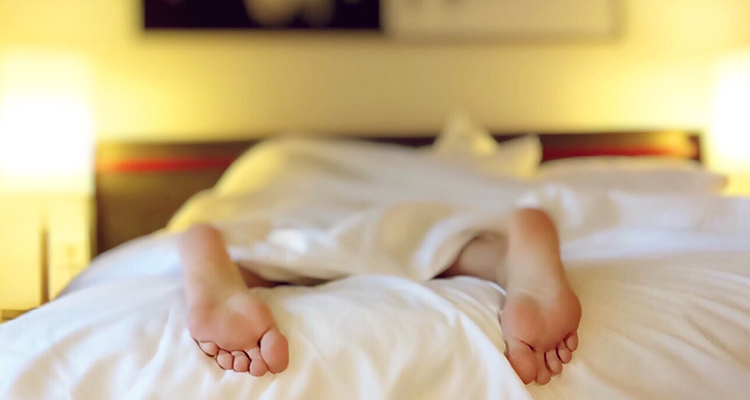
Think of yourself nodding off while reading a book or watching television, except your eyes remain open. While you may appear to be awake to others, you’ve actually slipped into a brief period of sleep. Even if your eyes do close during microsleep, your brain doesn’t process external information in the usual way. Some people experience several episodes of microsleep back-to-back as their body fights to stay awake.
Researchers describe microsleep as a brief sleep episode that lasts between 15 and 30 seconds. During this time, a person loses control of their movements and abilities. This sleep phenomenon is present in both humans and animals and there’s still much to be learned. Because microsleeps are so brief, they are sometimes difficult to detect. One way that sleep doctors identify microsleep is by measuring brain waves and activity during a sleep study. Doctors also observe changes in the patient’s face or body using psychomotor testing.
Testing shows that during microsleep, a person’s brain waves slow down significantly. This is detected using either an electroencephalogram (EEG) or functional magnetic resonance imaging (fMRI). Scans also indicate that the brain acts differently during microsleep than in traditional sleep. For example, areas of the brain that normally become deactivated when you’re sleeping remain activated during microsleep, including those areas dedicated to remaining awake.
During microsleep, your brain also responds differently to external sounds. For example, it can’t differentiate between different pitches of sound the way it does during regular sleep or while you’re awake. Scientists predict there are numerous differences in brain activity during microsleep compared to wakefulness or regular sleep, but research is ongoing.
When Does Micosleep Occur?
Microsleep can occur at any time, although it’s more common following long periods of sleep deprivation. In severe cases, it happens even when a person is fully awake and well-rested, like while driving. The sleepier you are, the more microsleeps you may experience.
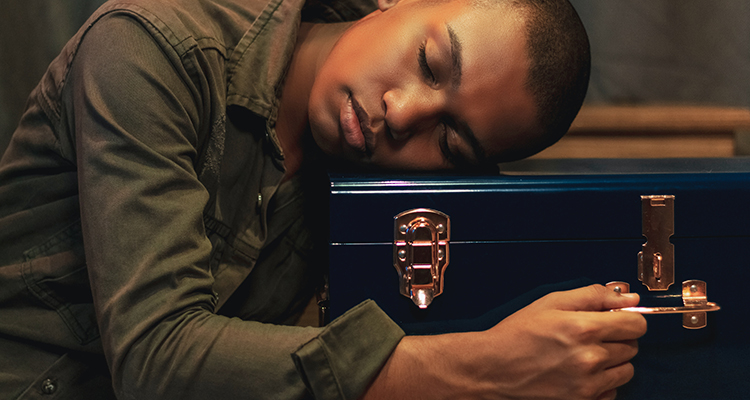
Some research also suggests that microsleep occurs more frequently in the afternoon than during the morning or at night. It’s not uncommon for your natural sleep-wake cycle to trigger feelings of drowsiness as the day turns to night. This is known as hitting the afternoon wall or an afternoon slump. Microsleep in shift workers happens at different times since their circadian rhythm is set to a different schedule. For example, night shift workers may experience microsleeps while driving home in the morning after work, which is especially dangerous.
Microsleep vs. a Micro Nap
Sleep doctors believe that microsleep episodes are a clear sign that your body needs more sleep than you’re getting. Nodding off while watching TV, reading, or even during work are all signs that you’re sleep-deprived. Some people even experience microsleep while driving which is extremely dangerous.
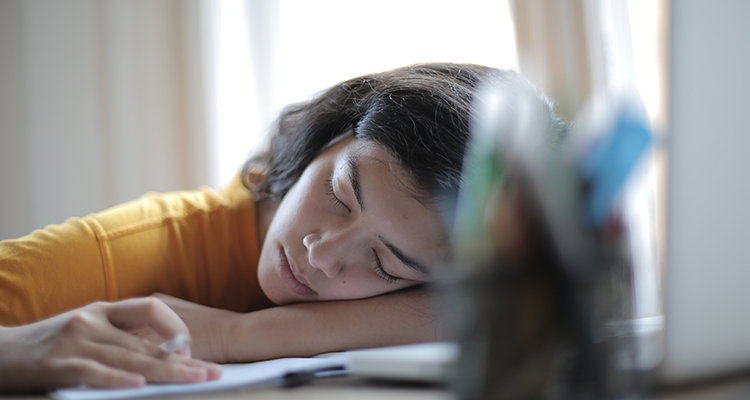
Unlike microsleep which is uncontrollable, a micro nap is something you intentionally do to try and catch up on much-needed sleep. A micro nap is often referred to as a power nap and lasts between 20 and 30 minutes. These short periods of rest are usually taken during the day as a way to re-energize yourself.
Some people claim they feel worse after a micro nap rather than better and scientists suggest it takes time and practice to feel the benefits of these mini-naps. If it becomes a habit, over time, micro naps can effectively add “more fuel to your tank”, preventing microsleep and helping you successfully get through the day. It’s important to strategically time your naps to avoid disrupted sleep at night. For example, don’t take a micro nap for too long or too late in the day.
Signs and Symptoms of Microsleep
If you’ve ever nodded off while watching your favorite movie or reading your favorite book, you’ve likely experienced microsleep. But are you still unsure if these mini bouts of sleep or drowsiness really constitute microsleep and if you need to take action? Check out these common symptoms of microsleep that could help you get closer to an answer, diagnosis, and treatment.
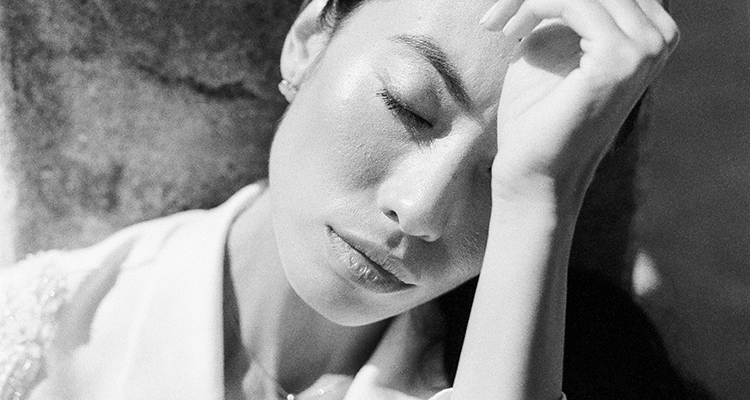
- Falling or slumping in your seat
- Dropping items you’re holding
- Bobbing or jerking your head
- A brief loss of muscle control
- Lapses of memory
- Inattentiveness
- Car accidents or close calls
- Being startled by your head falling forward or down
- Body jerks and muscle twitches
- Excessive blinking or yawning
- Difficulty processing information
Another common symptom is feeling your eyes drift closed or partially closed, although some people experience microsleep with their eyes open. Although many of these symptoms seem obvious, not everyone is aware of the fact that they’re momentarily falling asleep. Many of these warning signs are usually pointed out by someone else like a friend, spouse, roommate, or colleague.
Once you’re startled awake, you may feel as though you “zoned out” or stopped paying attention to what was happening when, in actuality, you fell asleep for several seconds. Studies show that most people start to slowly move their eyes as they drift into microsleep. This may include excessive blinking or batting of the eyes. Many people are unaware that their eyelids are drooping or moving at all. Another common sign of microsleep is pupil dilation.
Because your eyes react so noticeably during microsleep, they’re also a main source of information for scientists studying this sleep phenomenon. Both eye-tracking tools and facial videos are useful resources for diagnosing microsleep. Other signs include sudden changes in heart rate as you slowly drift to sleep.
What Causes Microsleep?
The two main causes of microsleep are sleep deprivation and excess sleepiness, which often go hand in hand. Certain sleep disorders also put you at higher risk of experiencing microsleep, including sleep apnea, insomnia, narcolepsy, periodic limb movement disorder, and certain circadian rhythm disorders, although research is still ongoing.
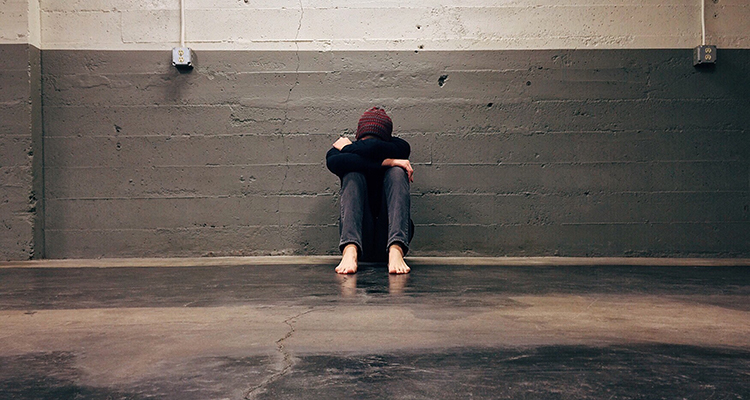
Poor sleep quality may also be to blame and is triggered by a slew of physical and mental conditions, including, but not limited to:
- Anxiety
- Depression
- Diabetes
- Blood sugar issues (too high or too low)
- High blood pressure
- Obesity
In some people, the use of certain medications (especially antihistamines) or excess alcohol consumption can also trigger microsleep episodes.
Studies show that individuals with shift work sleep disorder are three times more likely to experience microsleep than those who work more traditional schedules. They’re also at a much higher risk of car accidents and driving while drowsy. It’s interesting to note, however, that even those who are fully rested can still experience microsleep episodes when performing a tedious or repetitive action. Mundane, repetitive movements often cause both muscle and mental fatigue and could result in a microsleep episode. While most people at risk of microsleep are sleep deprived or have an underlying sleep disorder, this isn’t always the case.
One myth about microsleep is that the older you get the more susceptible you are. Doctors argue that, in fact, the opposite is true. As you age, you need less sleep. Older adults should be able to function and feel more alert with fewer hours of sleep. Other people blame their busy schedule for an increased number of microsleep episodes. Although increased activity could result in excess fatigue, it’s important to compare your current energy levels with previous ones as a frame of reference. For example, if you’re performing the same daily activities you used to but feel less energetic and increasingly more tired, you may need to check in with your doctor or a sleep specialist.
Health Risks of Microsleep
Falling asleep or nodding off without warning can be dangerous, especially if you’re performing a task that requires your undivided attention – like driving or operating heavy machinery. If you have one of the following jobs and experience microsleep, you’re not only putting yourself at risk but others as well:
- Truck driver
- Pilot or air traffic controller
- Train operator
- Warehouse worker
- Public service worker (police officer, firefighter, etc.)
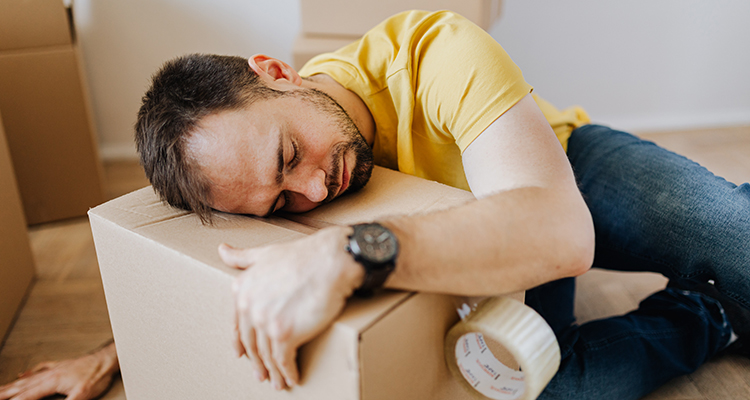
Microsleep episodes that occur in bed, on the couch, or in the safety of your home aren’t particularly harmful but could indicate you’re sleep-deprived. It may also be a sign that you’re facing an undiagnosed sleep disorder. As of this writing, sleep specialists don’t use microsleep episodes as a determining factor when diagnosing sleep disorders.
However, research does suggest that identifying microsleep episodes during an MSLT (multiple sleep latency test) may give medical professionals the information they need to diagnose excessive daytime sleepiness and related conditions. MSLTs are a common tool for diagnosing idiopathic hypersomnia and narcolepsy, two more sleep disorders that list excessive sleepiness as the primary symptom.
How to Prevent Microsleep
There are several ways to prevent microsleep, all of which include getting adequate rest, improving sleep quality, and recognizing when you’re tired. Trying to push through excessive sleepiness, especially when performing tasks like driving or working, could have disastrous effects. Avoid taking medications or ingesting substances (including alcohol) that could worsen or trigger drowsiness.
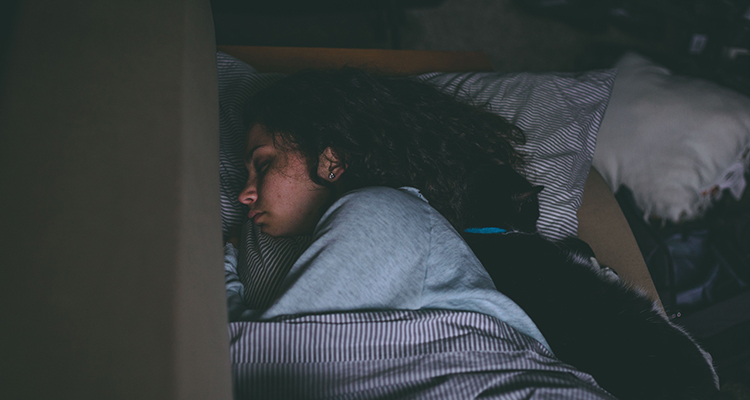
If you feel sleepiness taking over, stop what you’re doing and take a short nap, brisk walk, or grab a cup of coffee. Do something to help refresh yourself before going back to the task at hand. Although caffeinated beverages can help, doctors warn against relying on these as a replacement for sleep. You can also try rearranging your schedule so that you can catch up on missed sleep before performing mentally or physically strenuous activities.
One of the best ways to prevent sleepiness and avoid microsleep is to get adequate sleep every night. This includes sleeping between 7 and 9 hours and practicing good sleep hygiene. Sleeping more hours isn’t always the answer. Instead, try focusing on improving your sleep efficiency. Sleep efficiency (SE) is the ratio between your total sleep time (TST) and the time you spend in bed (TIB). These figures can offer useful insight into how much time you spend awake in bed and if you’re struggling with undiagnosed insomnia.
There are a few ways you can improve sleep efficiency. Start by eliminating any potential distractions including light and noise. Room darkening shades or a sleep mask are great ways to block out light. Avoid using your smartphone, watching television, or using other digital devices. The blue light from these screens can prevent your brain from producing melatonin and make it difficult to fall and stay asleep. You can block out unwanted noise using a sound machine, sleep headphones, or an oscillating fan. In most cases, any form of white noise will do. Creating a calming, quiet sleep environment can do wonders for your quality of sleep and sleep duration.
Relaxing before bed and following a wind-down routine can also promote a good night’s sleep and help prevent daytime fatigue and microsleep. Try performing calming activities at least 60 minutes before bed. Performing breathing exercises or a short meditation are two great ways to calm the mind and body and prepare for sleep. You can also try writing in a journal, reading from a book, or drinking chamomile tea. Create a sleep schedule that incorporates these activities at the same time each night. The more consistent you are, the better prepared you’ll be for sleep and the less likely you’ll be to wake up feeling groggy.
But what happens when you fail to get a good night’s sleep or are feeling particularly tired for no apparent reason? Here are a few quick tips to help you combat microsleep when you feel yourself getting drowsy.
- Open a window or turn up the music if you’re driving
- Change what you’re doing when performing a repetitive task (it takes as little as 30 minutes for a monotonous activity to affect how alert you are)
- Take a power nap of 20 minutes or less
- Find someone to talk to in person or on the phone (talking increases blood flow and oxygen, waking up your brain cells and fighting off fatigue)
- Get some fresh air (a sudden increase in oxygen will awaken your senses)
Treatment Options for Microsleep
When microsleep is unavoidable, there are treatment options available. In most cases, you’ll need to see a healthcare professional for an official diagnosis. The doctor will evaluate any medications you’re currently taking to determine if they’re the root cause of your microsleep. They’ll also ask a variety of questions about your overall health history and any other potential symptoms. These could be indicative of another medication condition that’s causing your sleepiness.
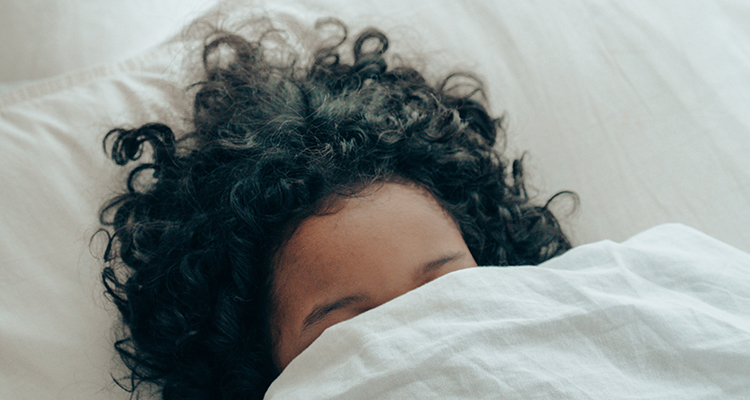
Certain treatable conditions that may cause microsleep include:
- Parkinson’s disease
- Heart disease
- Liver disease
- Anemia
- Stroke
- Certain thyroid disorders
As of this writing, there’s no specific cure for microsleep nor is it identified as a diagnosable sleep disorder. Instead, microsleep is simply considered an unpleasant side effect of sleep deprivation. Lifestyle changes and getting sufficient sleep are the two best ways to treat this condition and prevent future episodes.
Overcome Excessive Daytime Sleepiness Today
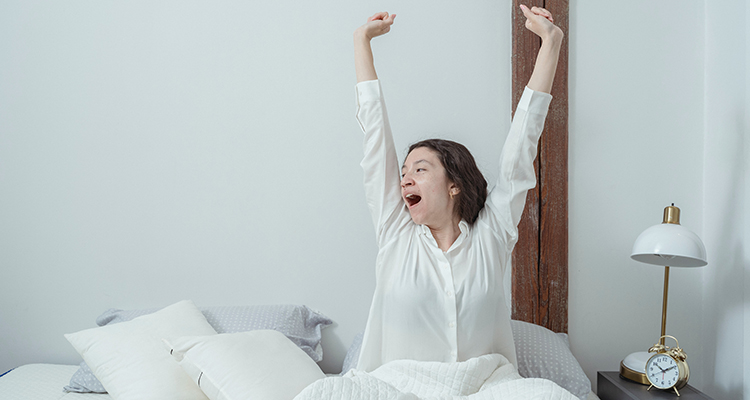
Are you experiencing microsleep episodes more often than not or do you feel particularly drowsy during the day? If so, it may be time to improve your overall sleep hygiene. At Somnus Therapy, we can help you understand and identify the cause of your sleep troubles, plus offer resources and techniques for making small changes that will have a big impact on your overall health and well-being.
Interested to learn more? Click here to get started!

